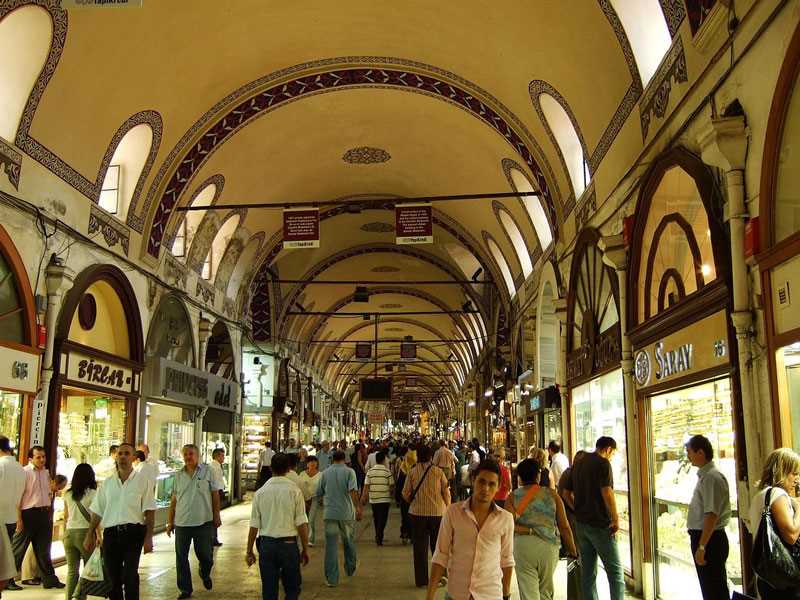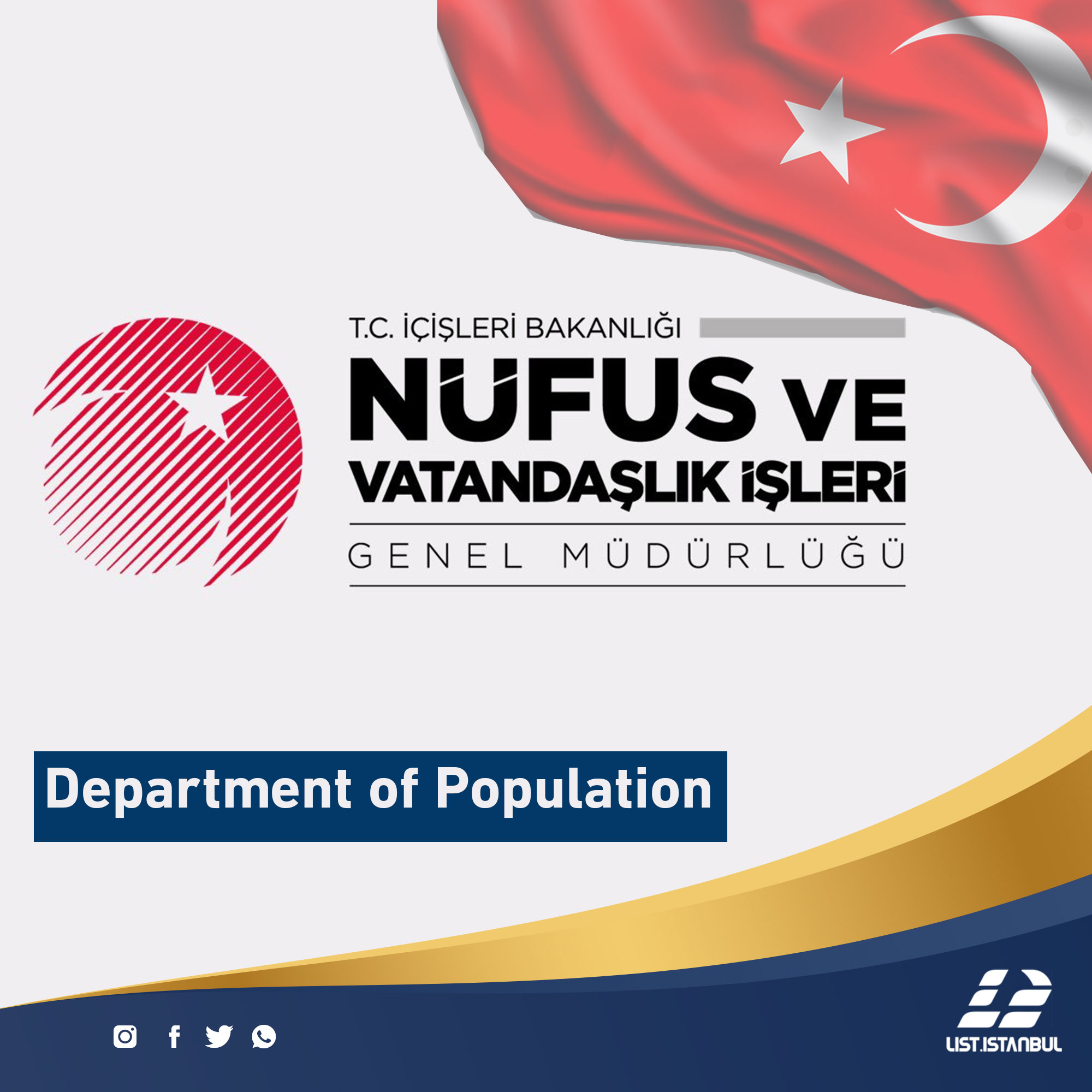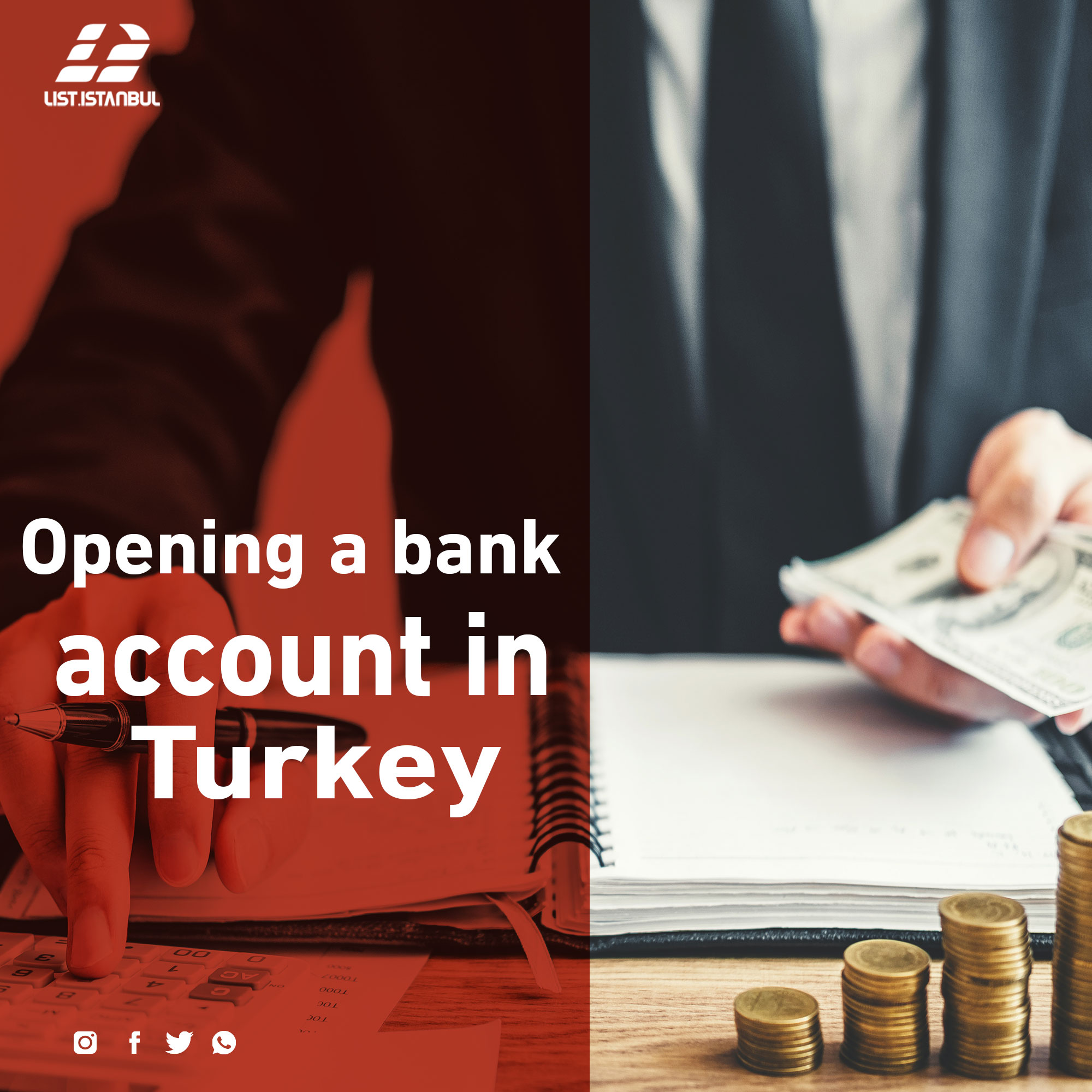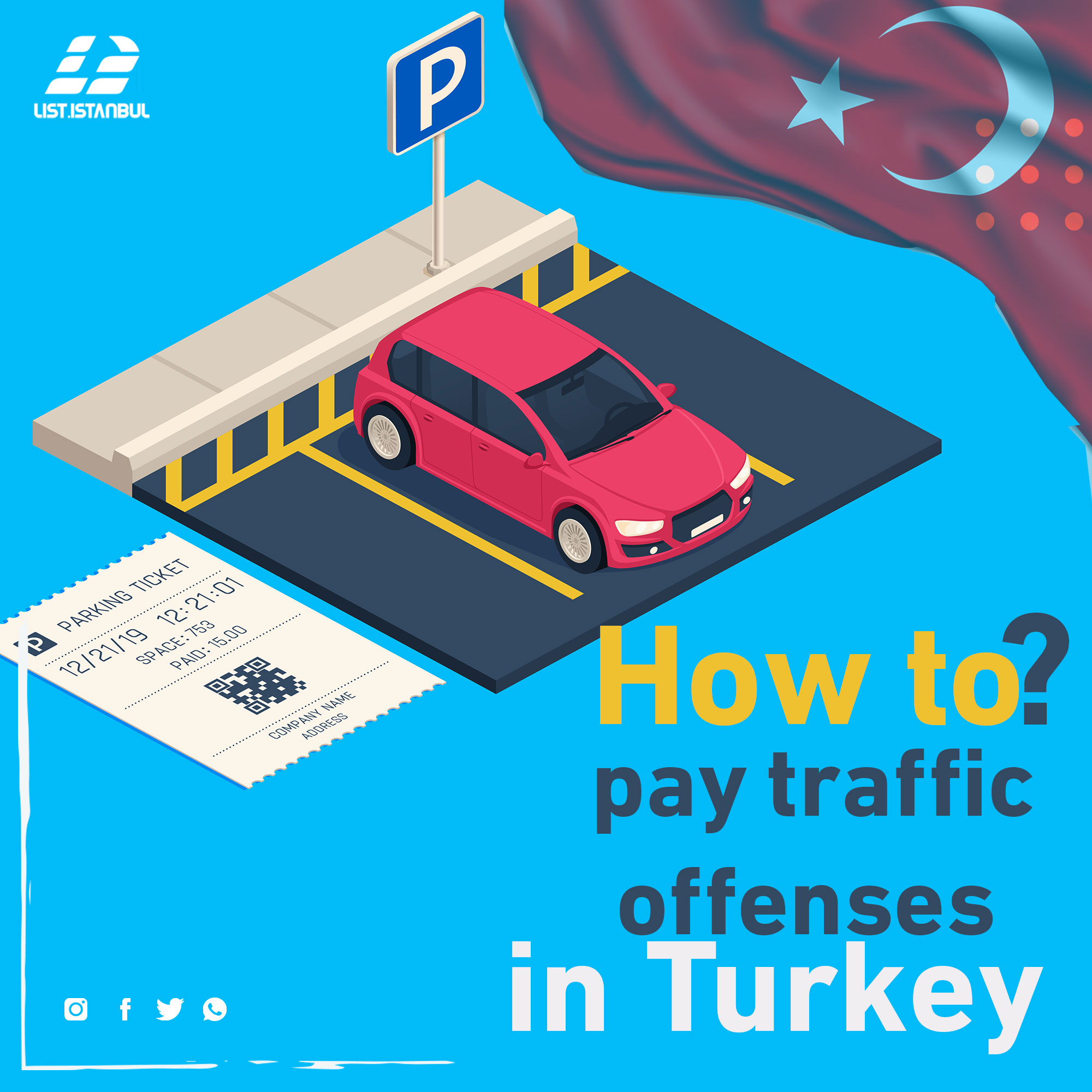The covered market, the closed market or the covered market as some call it, the Grand Bazar. The covered market is one of the most famous historical markets in Istanbul, located in the Beyazid region in the European section of Istanbul.
The roofed market is one of Istanbul's most important historical monuments. It has an area of about 30,000 square meters and comprises about 61 alleyways. It has 4400 shops, 40 Khan, 2200 Khan rooms, 2 jewelry shops, 219 workshops, 12 mosques, 12 schools and bathrooms, 19 old wells with hand pump. The market is surrounded by 11 main doors: Beyazit Kapısı and Nuruosmaniye Kapısı. These doors are closed at night except twice where they opened in 1546 during the great fire and in the celebrations that followed the return of Sultan Abdul Majid from Egypt. In the middle of the market (the market center) is a hall called Jevahir or Cevahir Bedesteni, the oldest place on the covered market, where the most precious jewels, watches and old silver are sold. The market also contains an old historical safe where jewelry, valuables, coins and weapons were placed.
History of the roofed market
The main section of the market was built during the reign of Sultan Muhammad al-Fateh, but most of it was built during the reign of Sultan Suleiman the Magnificent. It was built of wood and after this wooden market was exposed to three fires in 1546 and in 1651 under Sultan Murad IV "In 1710 under the reign of Sultan" Mustafa II "the market was rebuilt from the stone.
The area of the market is 30.000 22, the coverage system is painted and the ceiling consists of an unlimited number of domes. On the other hand, the place called Jawaher Badstan, which occupies a rectangular area of 48 in 36 m 2, which consists of 15 dome and 8 legs is said to be from the Byzantine era.
The market was restored many times and suffered the greatest loss in the earthquake that struck Istanbul in 1894. The market continues to host many visitors from different languages and cultures daily for commercial and tourist purposes.








